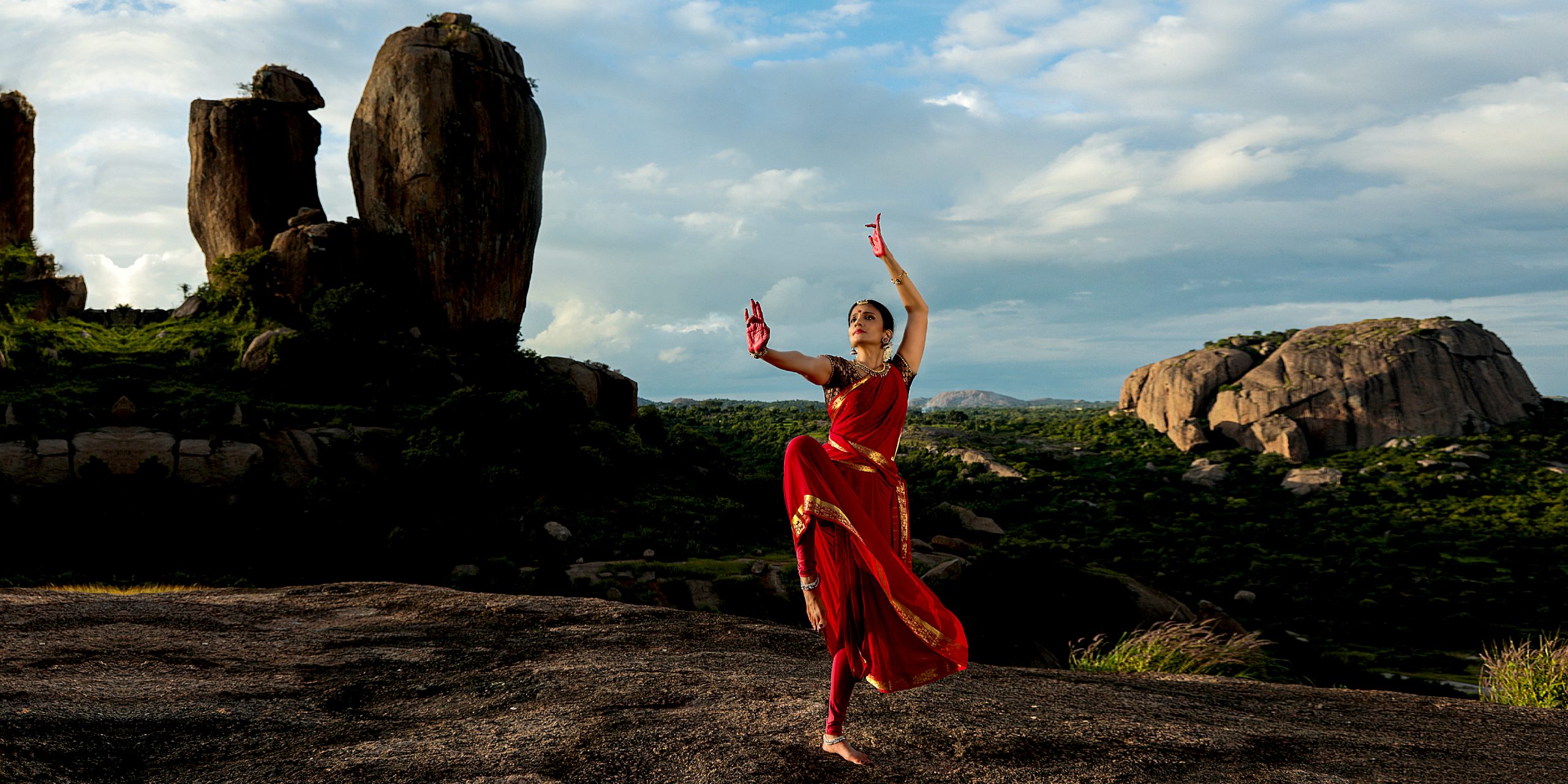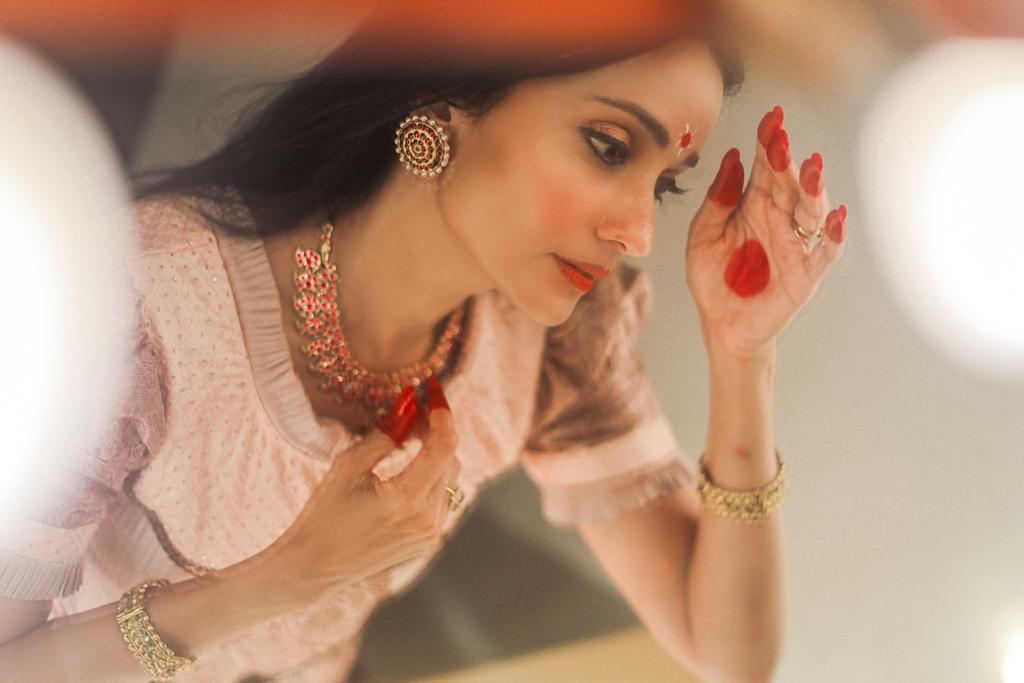
The Vanity of Being Modest
With the D-day for ‘Chains’ – my new production, coming around in just about two months, the level of activity for the artistic direction turns frenetic. Nothing new in that one; the (now) famous ‘Dance of Doubt’ from the ‘The Prophet’ settled to ‘this-feels-perfect-now’ roughly two weeks before the show. In sheer numbers, ‘Chains’ incorporates the most number of dances, because the project demands it. The moods are all across the radar ranging from vivacious, to angst, wistfulness, to fear, and rage to serenity. For the sheer range of emotions, this project has pushed me to the limits as its artistic director and choreographer.
 |
| From the photo-shoot for ‘Chains: Love Stories of Shadows’ |
The biggest challenge with choreography however, is not with the body, but the mind. As an artist, the dancer is frequently tempted to showcase what she/he can do, even at the cost of the movement being superfluous to the content. This facet has a long history to it. For several decades, dancers have used performance to be an excuse to showcase their own abilities. This is a phenomenon so ingrained in artists, critics, and aficionados of classical Indian dance that the evaluation of a performance is solely on the basis of the dancer’s ‘A-ha’ moments. And therefore, innovation in classical Indian dance often centered around a ‘new’ step, ‘fusion’ elements borrowed from other dance forms, creating collaborations that may or may not have synergy, bringing in a bevy of dancers to form a chorus line, and of course do the inevitable multi-handed Goddess look – moments of choreography that are orchestrated to get an applause, much as comedy shows with a cued in ‘laugh now’, ‘clap now’.
The concept of a traditional margam is cleverly packaged. First pass off the content as divine, and therefore it becomes a sin to critique the dance form. Second, mask the need for adoration, behind a feigned humility. An extra-ordinary marketing act – however one that can be perpetuated only in its own community. You step out of that community and you will be met with at best, a curious interest in something that looks ‘exotic’, at worst, complete boredom. Add a few words on ‘Indian-ness’ and its rich cultural heritage and the package is complete.
There are viewers for everything. It is also true that an artist seeks validation. And there is nothing wrong with that. Every human seeks validation. But validation can only be got from true creativity, not a masked choreographic moment that is engineered to get applause. The minute we merge the dance into its content, the resulting sum is larger than its parts. Every movement in this product adds value to the product. Anything that separates the artist from the product is jettisoned. Choreography is designed to tell the story with honesty, simplicity, élan, and grace, to delight the audience. But that delight comes from the coming together of all the elements that comprise it.
The acid test for a choreographer for her choreography is to play it to a non-dancer, preferably one that has no knowledge of the dance or its grammar. It will seem like a game of dumb charades. But, do it anyways. If this viewer gets it, chances are everybody will. If this viewer doesn’t get it, you go back to the drawing board – don’t justify it by saying this viewer is not art-oriented.
For a perfectly packaged product, traditionalists seem to have forgotten that the consumer is King!



